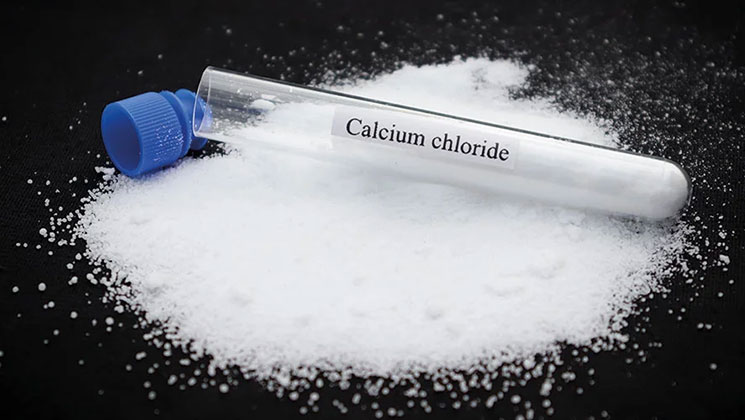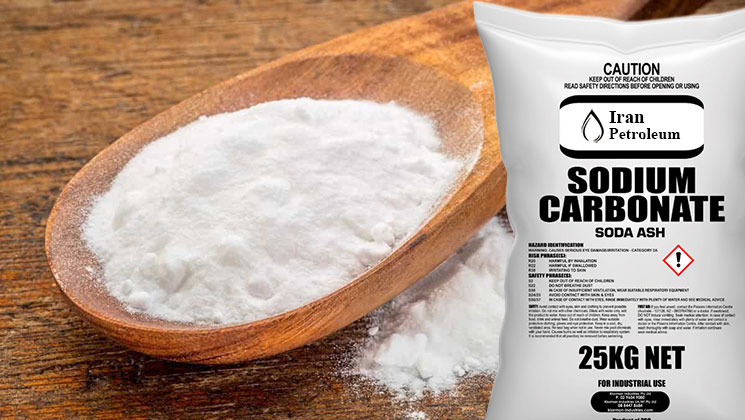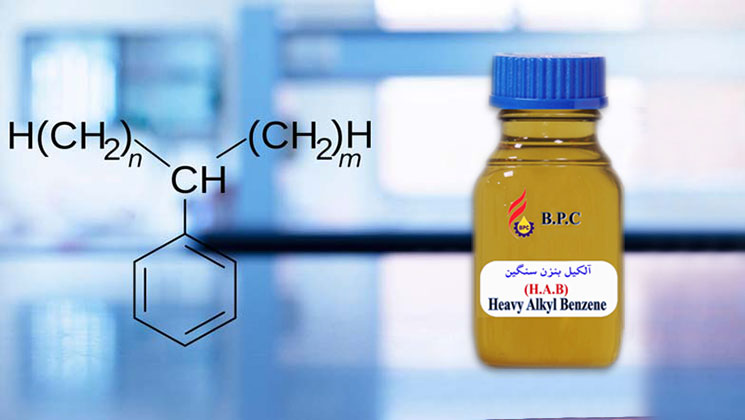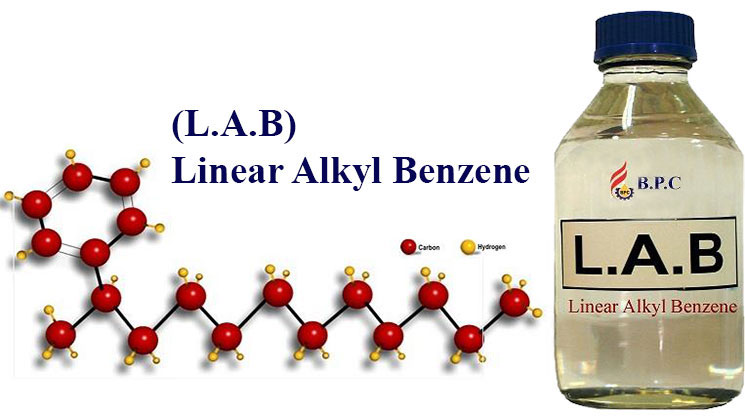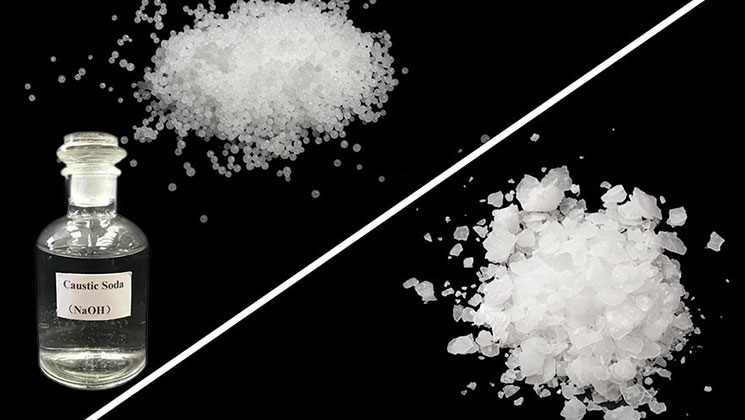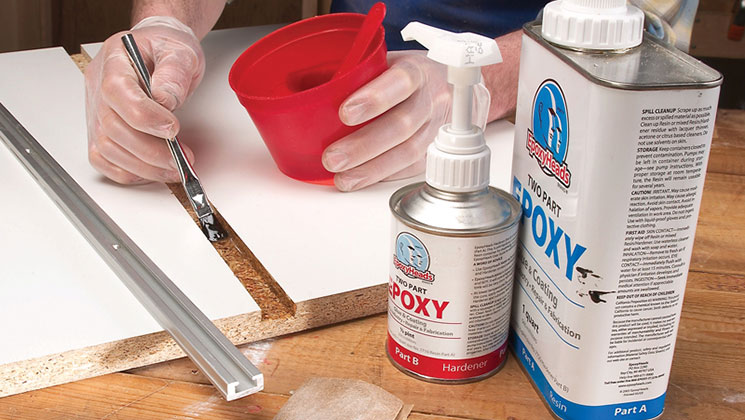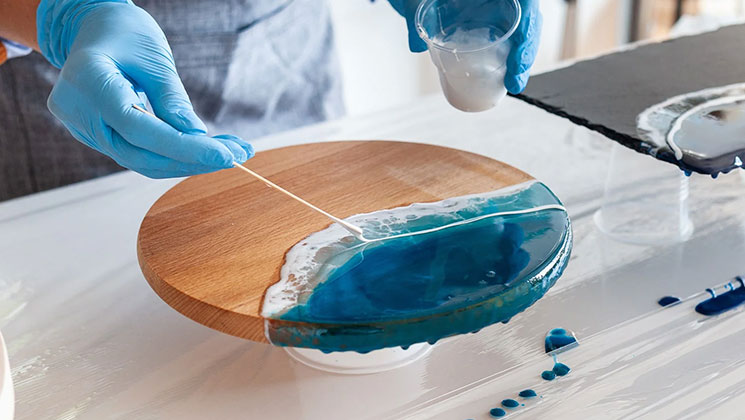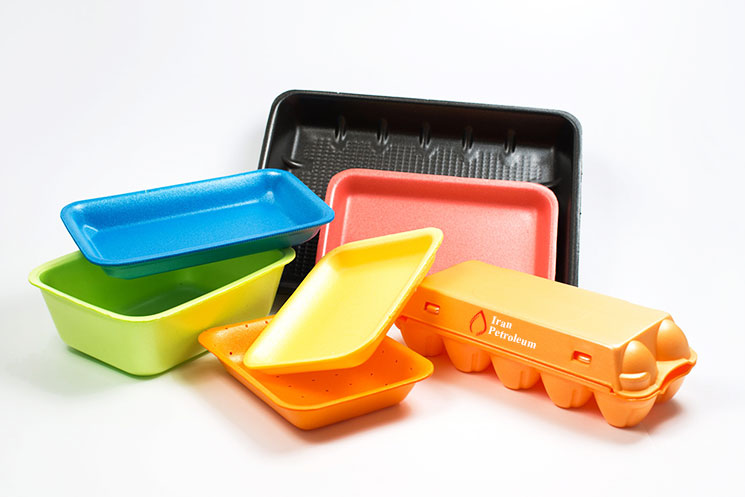بهترین کاشی و سرامیک در ایران
یکی از مواردی که در ساخت یا بازسازی ساختمان باید به آن توجه ویژه نماییم خرید کاشی و سرامیک با بهترین نوع کیفیت می باشد. بنابراین یکی از سوالاتی که در ذهن سازندگان یا خریداران مطرح می شود این است که بهترین کاشی و سرامیک در ایران کدام برند یا کارخانه می باشد؟
ما در این مقاله در ابتدا به تعریف کاشی و سرامیک و انواع پخت و لعاب آن خواهیم پرداخت و سپس چند برند از بهترین برندهای ایران را به شما معرفی خواهیم نمود. تا انتها با ما همراه باشید تا اگر می خواهید برای ساختمان یا پروژه ی خود کاشی و سرامیک تهیه نمایید با اطلاعات کامل این کار را انجام دهید.

کاشی چیست؟
کاشی نوعی از سنگ مصنوعی که در ابعاد مختلف تولید و ضخامت آن معمولا تا 9 میلیمتر است و روی آن را با لعاب از نوع براق یا مات می پوشانند. بدنه اصلی کاشی ها معمولا از خاک رس قرمز (سفالین) یا خاک سفید پرسلانی تولید می شود. کاشی ها در ساختمان کاربرد و اهمیت ویژهای دارد مانند حمامها، توالتها، آشپزخانهها و آب ریزگاههای عمومی و غیره.کاشی برای تزئینات داخل و خارج ساختمان و همچنین برای بهداشت و عایق رطوبت به کار میرود. واژه کاشی از نام شهر کاشان اقتباس شده که از اوایل دوران اسلامی به عنوان مرکز صنعت سفالسازی مشهور بود.
سرامیک چیست؟
سرامیک در واقع نوعی از کاشی است. با این تفاوت که علاوه بر موادی که برای ساخت لعاب و بدنه کاشیهای معمولی استفاده میشوند، در مواد آن از مواد غیرآلی و غیرمعدنی هم استفاده میشود. سرامیکها همچنین در دمایی بالاتر از کاشی های معمولی و به دفعات پخته میشوند. همین موارد هم باعث فرق کاشی و سرامیک در ساختار شده و باعث شده است که سرامیکها استحکام و مقاومت بالاتری نسبت به کاشی داشته باشند. بدنه ی سرامیک ها معمولا با خاک سفید پرسلانی یا مخلوطی از خاک قرمز و خاک سفید پخته می شوند.
نوع پخت معمولی و پرسلانی کاشی و سرامیک چیست؟
کاشی و سرامیک به صورت کلی در دو مدل معمولی و پرسلانی پخت و پرس می شوند. تفاوت پخت پرسلانی با پخت معمولی در این هست که خاک استفاده شده در نوع پرسلان از نوع خاک سفید پرسلانی بوده و محصول با قدرت بیش از ۴۰۰ کیلوگرم بر سانتی متر مربع پرس شده و در دمای 1400 درجه سانتیگراد پخته و به پرسلان تبدیل می شود.
مزایای سرامیک با پخت پرسلانی
- جذب آب کمتر از 0.5 درصد
- دارای مقاومت بالا در برابر یخ زدگی
- ضد خش و سایش
- لعاب مقاوم در برابر ترک خوردگی
- مقاوم در برابر لکه و ضد باکتری
- ثبات رنگ در برابر نور خورشید
- مقاوم در برابر عوامل شیمیایی مانند اسیدها
انواع لعاب کاشی و سرامیک
در این بخش از مقاله به معرفی عامیانه انواع لعاب های کاشی و سرامیک که در بازار مشاهده می کنید خواهیم پرداخت.
- لعاب مات: این نوع لعاب همانطور که از اسم آن پیدا میباشد هیچ گونه پخش نوری ندارد. لعاب مات می تواند به صورت صاف و یا زبر و برجسته تولید گردد. از مزایای لعاب مات می توان به ضد لغزش، ضد خش و سایش و عمر طولانی آن اشاره نمود.
- لعاب نیمه براق یا شوگر افکت یا سمی پولیش: در این نوع لعاب بر روی سطح سرامیک شما دونه هایی براق مانند شکر را مشاهده می کنید که سطح سرامیک را به صورت نیمه براق نمایش می دهد. این نوع سرامیک از مزایای لعاب مات برخوردار می باشد و همچنین قابلیت پخش نور خاصی از خود نمایش می دهد.
- لعاب براق معمولی: این نوع لعاب نسبت به حالت شوگر افکت از براقیت بیشتری برخوردار می باشد و پخش نور بالاتری نسبت به نوع قبلی خود دارد و هزینه ی متعادلی نسبت به دو مدل پولیش یا فول پولیش باید برای آن پرداخت نمود.
- لعاب پولیش: این سرامیکها دارای براقیت بالاتری نسبت به دسته ی قبلی هستند. کلمه پولیش به معنی صیقلی، پرداخت و جلا است. از آنجایی که پولیش کاری، فقط روی سرامیک های پرسلانی قابل اجراست، همه سرامیکهای پولیش کاری شده از نوع پخت پرسلانی هستند.
- لعاب فول پولیش یا سوپر پولیش: در حال حاضر می توان گفت زیباترین طرح ها و لعاب ها در این دسته قرار می گیرند. سطح سرامیک های با لعاب فول پولیش را آنقدر صیقل می دهند که سطح آن شبیه به آینه می شود و وقتی روبروی این سرامیک ها قرار می گیرید تصویر خود را در آن به وضوح مشاهده می کنید.
- لعاب نانو پولیش: وجود منافذ و درزهای بسیار ریز بر روی سطح سرامیک باعث جذب ذرات خاک و غبار میشود. همچنین باعث نفوذپذیزی سطح در برابر مایعات ریخته شده بر آن میشود. این نفوذ اگر اتفاق بیوفتد باعث کاهش درجه درخشندگی و جلای این محصولات خواهد شد. راه حل جلوگیری از این اتفاق، استفاده از پوششهای نانوست. این پوششها که به نوعی مکمل لعاب و پرداخت سطح هستند با نفوذ در منافذ سطح باعث میشوند تا سطح پرداخت شده در مقابل نفوذ غبار و مایعات ایمن شده و خاصیت آب گریزی به سطح اضافه شود. از ویژگیهای این نوع از لعاب می توان به دوام بیشتر در مقابل نفوذ جرم و رطوبت و همچنین دارا بودن شفافیتی نزدیک به سطوح شیشه ای نام برد. همچنین انجام این فرآیندهای زمانبر باعث افزایش هزینههای تولید و در نتیجه قیمت بالاتر این نوع از محصولات میگردد.
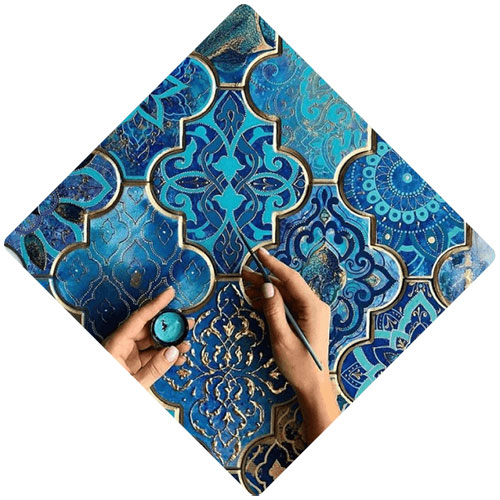
بهترین برندهای کاشی و سرامیک در ایران
شرکت های متفاوتی در ایران به ساخت و تولید کاشی می پردازند. کیفیت ساخت کاشی ایرانی در جهان زبان زد و معروف می باشد. شرکت های تولیدکننده کاشی و سرامیک ایرانی در بحث صادرات کاشی توانسته اند موفقیت بسیار خوبی در این زمینه داشته باشند. از شرکت های معروف تولید کننده کاشی می توان به موارد زیر اشاره نمود:
- کاشی تبریز
- کاشی هرمس تبریز
- کاشی مرجان اصفهان
- کاشی فخار رفسنجان
کاشی سروکوآرنتا
- کاشی البرز
- کاشی الوند
- کاشی پارس
- کاشی سینا
- کاشی پالرمو
- کاشی نوین سرام
- کاشی پرسپولیس
- کاشی ایفا سرام
- کاشی سعدی
- کاشی گلدیس
- کاشی عقیق
- کاشی ونوس میبد
هر کدام از تولیدات برندهای بالا مزایا و خاصیت های خاص خودشان را دارند. برای نمونه کاشی تبریز با برندهای مختلف به نام های کرابن، کراکس، مگاکر، کرگرس و هرمس تبریز با زیباترین و حرفه ای ترین طرح های روز دنیا توانسته است در بازارهای آسیایی و اروپایی قله های فروش را فتح نماید. کاشی مرجان اصفهان یکی از بهترین تولیدکنندگان سرامیک های صنعتی در کشور می باشد. کاشی البرز را می توان از روی کاشی های استخری آن شناخت که در تمام کشور پرقدرت در زمینه ی کاشی استخری گزینه ی اول در انتخاب می باشد. کاشی الوند را می توان معروفترین برند ایران از لحاظ قیمتی و کیفیت کار معرفی نمود. کاشی فخار رفنسجان را می توان یکی از کاملترین کارخانجات از انواع سایز محصولی و همچنین قیمت مناسب آن در کشور معرفی نمود.
چسب کاشی و سرامیک
یکی از مواردی که باید در نصب انواع کاشی و سرامیک به آن دقت نمود چسب و ملاتی هست که برای چسباندن کاشی به دیوار استفاده می کنیم. چسب کاشی یکی از بهترین گزینهها برای نصب انواع کاشی و سرامیک است که با داشتن چسبندگی بالا و مقاومت در برابر رطوبت، طول عمر بیشتری به سطوح شما میبخشد. استفاده از چسب کاشی بهجای ملات سنتی، باعث صرفهجویی در زمان و افزایش کیفیت نصب میشود. این محصول برای کاربرد در حمام، آشپزخانه، و حتی محیطهای بیرونی بسیار ایدهآل است. اگر به دنبال بهترین چسب کاشی برای پروژههای ساختمانی خود هستید، محصولات باکیفیت و مقاوم را انتخاب کنید تا نتیجهای بینقص و بادوام داشته باشید. چسب کاشی با کیفیت بالا میتواند تضمینکنندهی دوام و زیبایی سطوح کاشیکاری شده و دوام عمر ساختمان شما باشد. برای مشاهده انواع چسب کاشی و سرامیک می توانید به لینک زیر مراجعه نمایید:
هایلند مارکت بزرگترین فروشگاه محصولات ساختمانی در کشور
فروشگاه آنلاین هایلند مارکت مجموعه ای بی نظیر و حرفه ای از انواع کاشی و سرامیک، چینی آلات بهداشتی، شیرآلات، وان و جکوزی، ترموود، روشویی و چسب های صنعتی با نیم قرن تجربه در صنعت ساختمان می باشد. متخصصین توانسته اند با شناسایی بهترین و با کیفیت ترین برندهای بازار ایران به مشتریان خود بهترین خدمات خرید محصولات ساختمانی را ارائه نمایند.
با ما در تماس باشید:
آدرس وبسایت: https://www.hilandmarket.ir
شماره تماس: 02146055795

